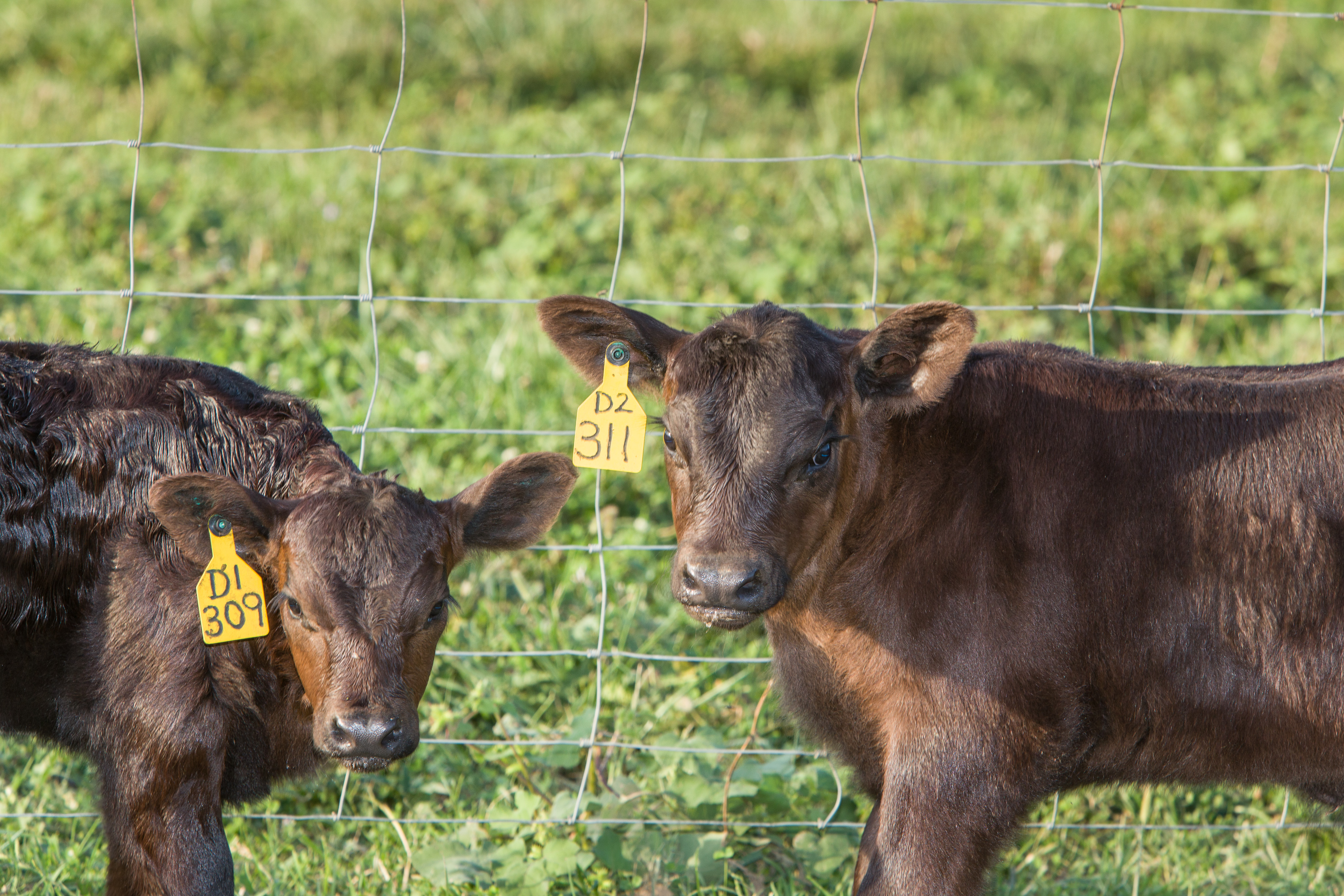Report confirms largest mid-year decrease in U.S. beef herd since 2012, but the future looks optimistic
Report confirms largest mid-year decrease in U.S. beef herd since 2012, but the future looks optimistic


The U.S. cattle inventory experienced its largest mid-year decrease since 2012, down 1.3% since July 2020. The numbers came from the U.S. Department of Agriculture’s mid-year estimates of the U.S. cattle inventory.
“I tend to focus more on beef cow numbers,” said Kenny Burdine, livestock marketing specialist for the University of Kentucky College of Agriculture, Food and Environment. “Beef cow numbers were down about 2% from last year. That is the largest mid-year decrease in beef cow numbers since 2012 but leaves the beef cow herd about 3% off its recent high in 2018.”
The USDA National Agricultural Statistics Service doesn’t make state-level estimates in its mid-year report. Burdine believes drought conditions in the West and in the Northern Plains impacted the data.
“Beef cow slaughter levels in the first half of 2021 have been relatively high, and I have to think most of that is coming out of those drought-stricken areas. Typically, most culling occurs in the fourth quarter as spring-born calves are weaned and we move into winter,” he said.
Burdine believes that beef heifer retention estimates may also paint a picture of decreasing beef cow numbers in the future.
“While beef heifer retention in nominal terms has been pretty flat the past three years, I like to examine that number as a percent of beef cow numbers,” he said. “If heifer retention is smaller than the culling rate, this suggests decreases in beef cow inventory.”
Each of the past three years have been about 1% below the long run average going back to 1973. Burdine said weather and calf prices will impact culling patterns for the rest of 2021.
“I feel pretty confident that this trend of decreasing beef cow numbers will continue into 2022,” Burdine said. “Keep in mind, the beef cattle market has seen a considerable improvement in the past few weeks, but other things can certainly impact that.”
Other impacts include feeder cattle markets struggling to process rapid increases in grain prices over the last year. New crop corn prices remain historically high, but they have pulled back from the highs this spring.
“Looking ahead, there is good reason for optimism,” Burdine said. “Fall CME© feeder cattle futures are well into the $160s, which bodes well for our fall market. Of course, inventory reports really speak more to the longer-term outlook and the picture being painted is relatively bullish. These decreases in inventory should line up with future increases in packing capacity, and the two together are significant reasons for optimism in the next few years.”
Economics Livestock

